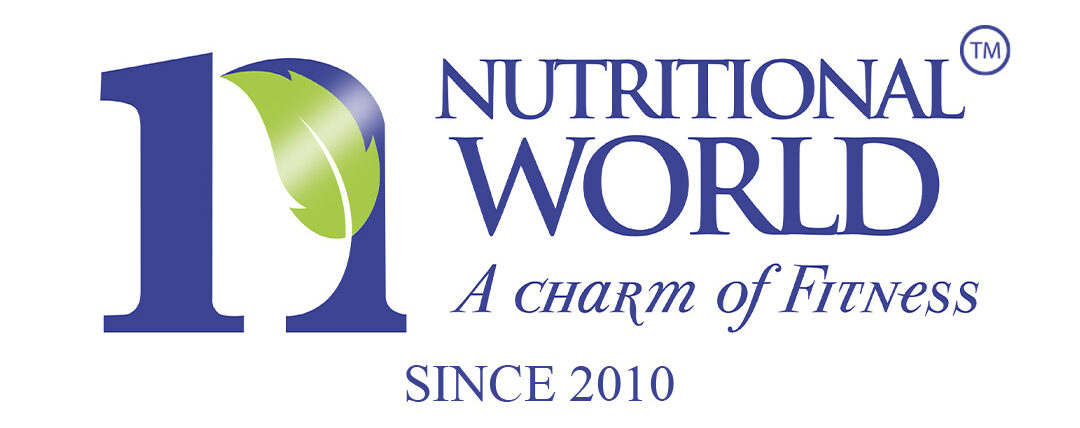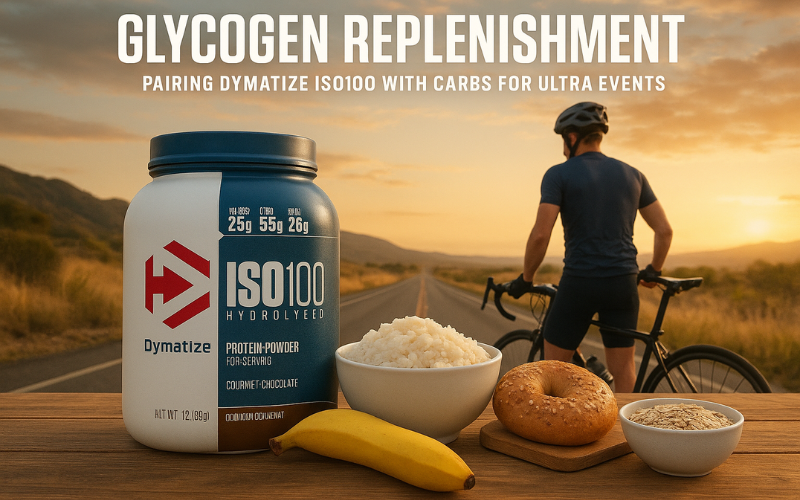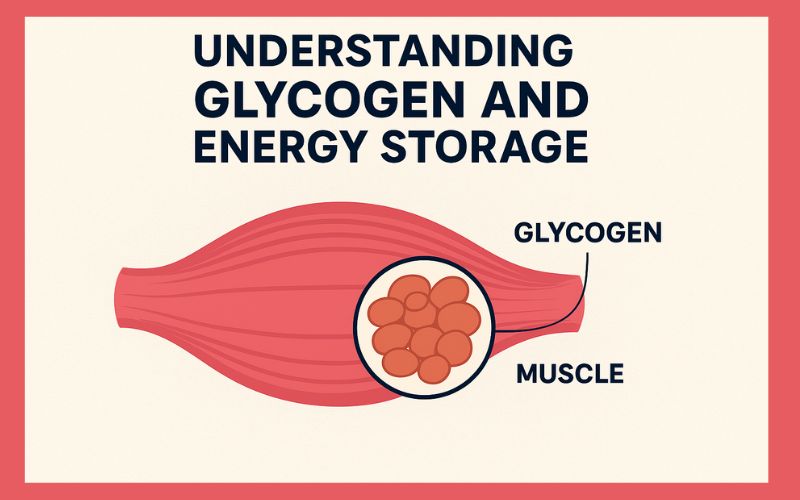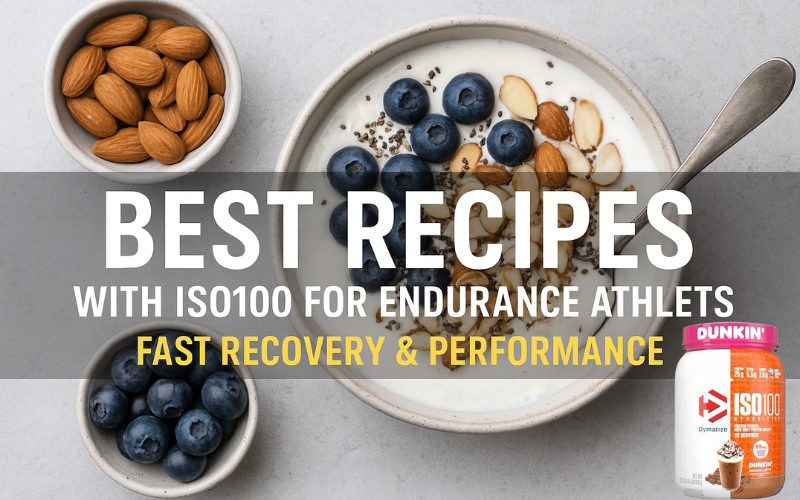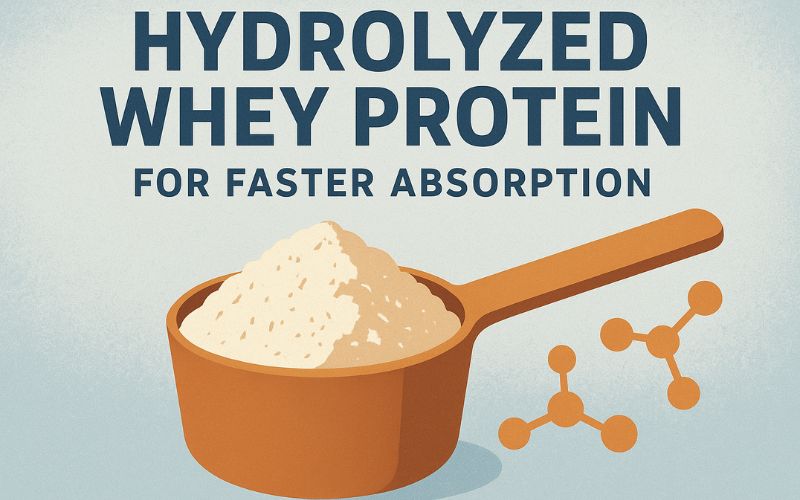Ultra-endurance athletes face one shared challenge: keeping muscles fueled. Glycogen depletion during ultra events—from mountain trails to 24‑hour inland races—can derail performance when recovery isn’t dialed in. That’s where Dymatize ISO100, a hydrolyzed whey isolate, plays a key role—when paired strategically with the right carbs, it helps kickstart glycogen recovery fast and gently on the gut. For deep-dive tools, see our Electrolyte Strategy Guide, ensure smooth race week prep with the Ultra Race Day Checklist, and master gut tolerance via our GI Training for Endurance Athletes.
Table of Contents
Why Glycogen Rules Ultra Performance
Muscle and liver glycogen are your endurance engine—especially in long events, muscle glycogen fuels prolonged efforts. Liver stores top up blood glucose, while muscles tap into local reserves.
Ultra conditions—uneven terrain, long duration, heat—exacerbate usage. Low-intensity but prolonged efforts gradually drain glycogen, while sprints or climbs punch through reserves faster.
The Science of Rapid Replenishment
Resynthesis rates (fed vs unfed; protein synergy)
Carbs drive glycogen resynthesis—adding protein (especially fast-absorbing whey) speeds uptake through insulin-mediated GLUT4 activation.
Carb types & transporters (glucose-fructose 2:1)
Combining glucose and fructose at a 2:1 ratio increases absorption, using different transporters and maximizing rates (~1.2 g/kg/h).
Sodium, fluid, and gastric emptying
Carbs need fluid and sodium (300–600 mg with recovery drink) to stay tolerable and promote absorption—not too hyperosmolar, not too watery.
Where Dymatize ISO100 Fits
Why hydrolyzed whey post-session
Each scoop of ISO100 delivers 25 g protein, 5.5 g BCAAs, and ~2.7 g leucine—ultra-clean formulation means near-instant absorption. It’s ideal for kick-starting MPS and supporting glycogen early.
Protein + carb synergy
Protein enhances insulin response and MPS—pairing ISO100 with carbs makes recovery more effective than carbs alone.
When ISO100 isn’t needed
Skip it on easy days or when post-session meals already contain 25–30 g high-quality protein—whole foods may suffice and avoid unnecessary cost.
Evidence-Based Protocols (Training & Race Week)
Table 1: Post-Session Shake by Bodyweight
| Bodyweight (kg) | ISO100 (g powder) | Protein (g) | Carbs (g) | Source | Sodium (mg) | Fluid (ml) | Notes |
| 50 | ~60 g (2 scoops) | 25 g | 50–60 g | Maltodextrin | 300–400 | 400–500 | Shake within 30 min |
| 70 | ~60 g | 25 g | 70–84 g | Maltodextrin | 400–500 | 500–600 | Add follow-up snack if needed |
| 90 | ~60 g | 25 g | 90–108 g | Maltodextrin | 500–600 | 600–700 | Split carbs over two portions |
(Adjust ISO100 per label—one scoop ≈30 g powder = 25 g protein)
Race-Day Fueling With Protein? Pros, Cons, Timing
When to avoid protein intra-race
Long events in heat or ozone stress slow digestion—protein may cause GI distress. Stick to carbs + sodium during heavy competition phases.
Early-race micro-doses (optional)
Small doses (<10 g) early on may help satiate and reduce muscle breakdown—but only if gut is trained.
Heat, altitude, and gut training implications
Hot or high-altitude settings intensify GI upset—prioritize gut adaptation well ahead.
Carb Matrix: What to Pair With ISO100
Table 2: Carb Source Comparison
| Source | GI | Fructose % | Typical Use | Pros | Watch-outs |
| Maltodextrin | High | 0% | Shake post-session | Neutral taste, cheap | Raise osmolarity |
| Dextrose/Sucrose blend | High | ~50% | Mixed carb source | Balanced energy uptake | Sweetness, may ferment |
| Highly branched cyclic dextrin (HBCD) | Moderate | 0% | During/short recovery | Low osmolality, smooth | Expensive |
| Rice cereal (+low-fat milk) | Moderate | Varies | Whole-food recoveries | Gentle, whole-food | Slower gastric emptying |
Use glucose:fructose 2:1 blends for fastest glycogen rates.
Gut Training & Tolerance Strategy (4–6 Weeks Out)
- Build from 60 g/h → 90 g/h → possibly 110–120 g/h if tolerated.
- Monitor fiber, fat, caffeine—minimize within 2 h pre-race.
- Use anti-nausea tactics: ginger, controlled temperature drinks.
Common mistakes checklist:
- Starting too high too fast
- Ignoring hydration
- Changing carb types right before event
Safety, Contraindications & Quality
- ISO100 is lactose-free, gluten-free, but contains sucralose/stevia—watch for sweetener sensitivities
- Always check Informed-Choice or third-party certification to avoid adulteration Muscle & Fitness
- Store in a cool, dry place; verify batch code via vendor.
Templates You Can Use Today
- Back-to-back long runs
- AM: ISO100 + carbs within 30 min post-run (1 g/kg carbs)
- PM: Whole-food meal high in carbs + moderate protein (20–25 g)
- Heat-acclimation block
- Post-session: ISO100 + glucose-fructose mix + additional sodium (400–600 mg)
- Taper week into 100K/100-mile
- Two shakes/day: ISO100 + high-GI carbs (1.2 g/kg) post training
- Add maintenance fluids and snacks throughout the day
FAQs
- How much ISO100 post-run if I already ate a meal? → Adjust dose: if you’ve had ~20–25 g protein, a partial scoop (12–15 g) may suffice to hit 0.3 g/kg.
- Is casein better the night before? → Slower-digesting casein may help overnight MPS; combine a small ISO100 dose for acute recovery if needed.
- Do I need fructose if my stomach hates it? → Use glucose-only sources or HBCD—just accept a slower rate (~1 g/kg/h).
- Can I use oats/bananas instead of maltodextrin? → Yes for comfort; but digestibility is slower—ideal for non-critical recovery windows.
- How soon can I hit quality sessions after a depletion run? → With proper refuel (ISO100 + carbs), next day high-quality session is feasible.
Key Takeaways
- Pairing Dymatize ISO100 with high-GI carbs accelerates glycogen resynthesis efficiently and gently.
- Use targeted protocols—post-session, daily loading, race-week taper—tailored by bodyweight.
- Gut training and minor tweaks make or break in long events.
- Prioritize third-party certified products and honest labeling when shopping in Pakistan.
